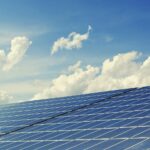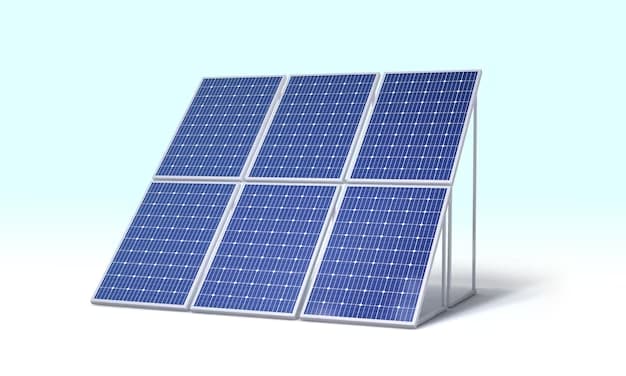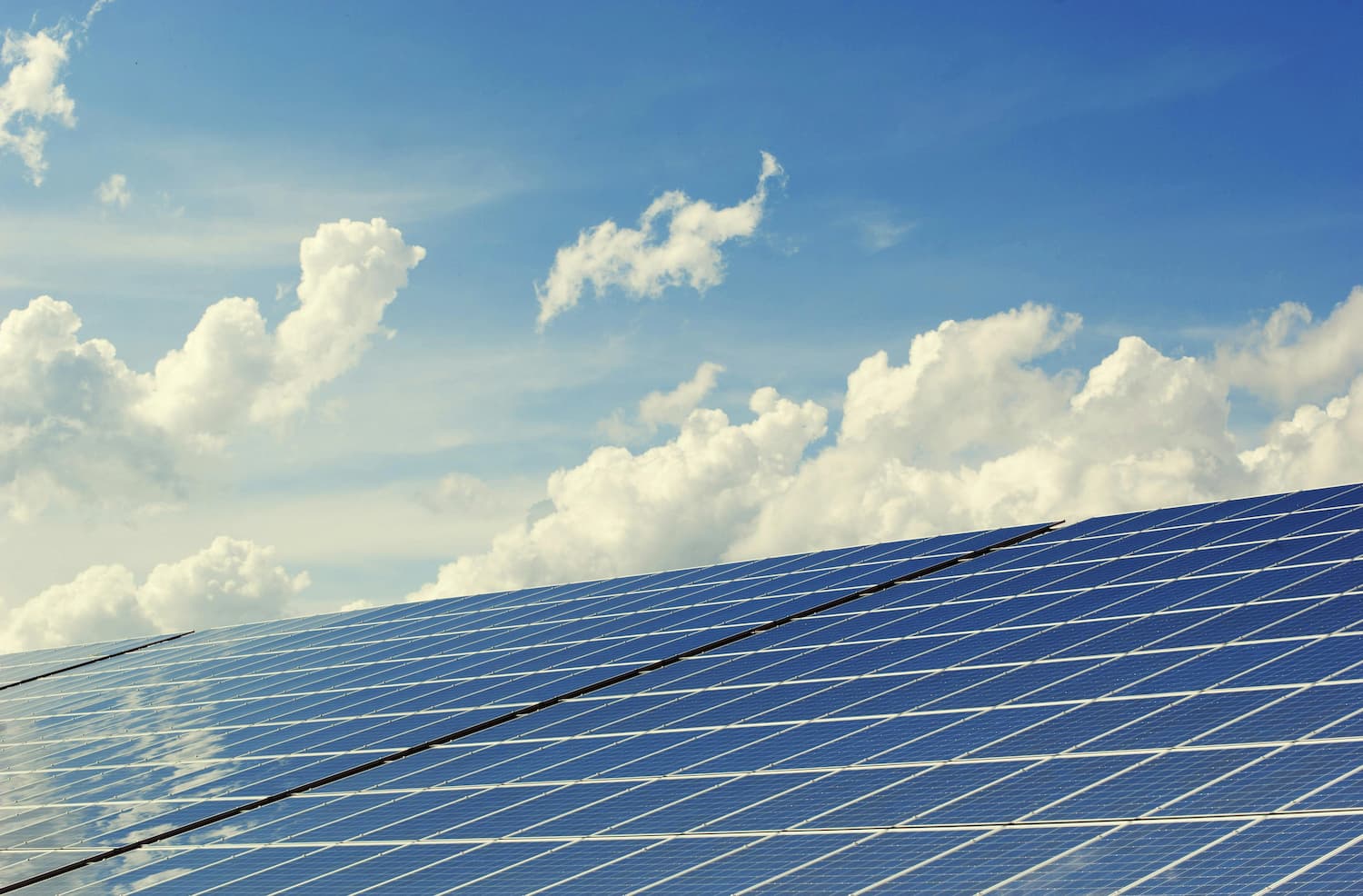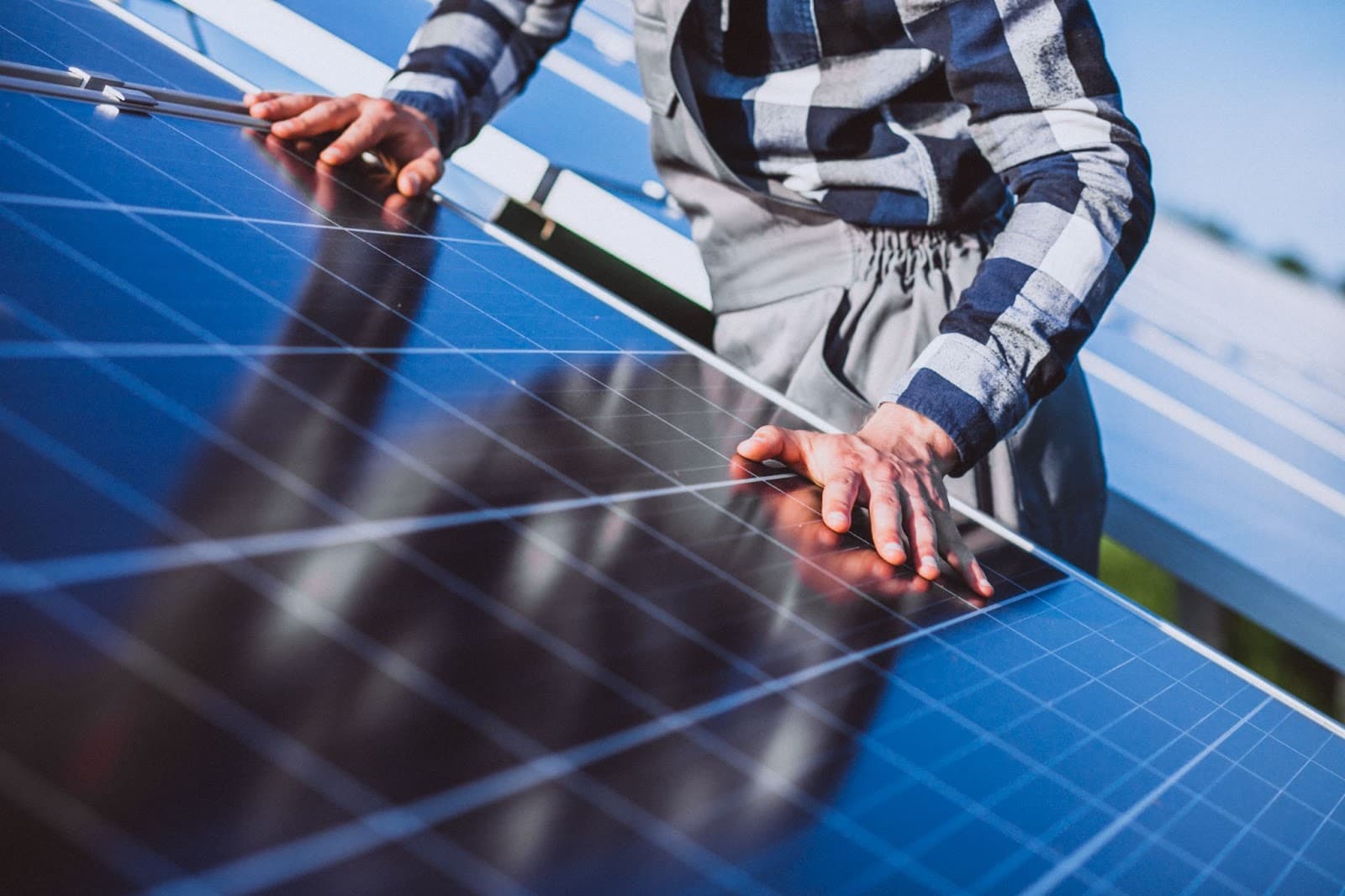The Art of Optimizing Solar Panel Placement
Solar panels are an excellent way to harness clean, renewable energy from the sun. However, their efficiency largely depends on proper solar panel placement. In this guide, we’ll explore the key factors to consider and the different types of mounting options available to maximize your solar panel’s energy harvest.
Factors to Consider
When planning your solar panel installation, several factors come into play:
- Solar Panel Orientation
The orientation of your solar panels affects their exposure to sunlight. In the Northern Hemisphere, panels facing south capture the most sunlight throughout the day, while in the Southern Hemisphere, north-facing panels are optimal.
- Tilt Angle
The tilt angle determines how directly panels face the sun. To optimize energy capture, the tilt angle should roughly match your latitude. However, adjustable mounts can help adapt to seasonal changes.
- Shading
Shade from trees, nearby buildings, or other obstructions can significantly reduce energy production. It’s crucial to assess potential shading throughout the day.
- Roof Condition
Your roof’s condition influences whether it can support solar panels. A sturdy, well-maintained roof is essential for a successful solar installation.
- Local Climate
Consider local weather patterns and climate conditions. Excessive heat can reduce panel efficiency, while snow or heavy rain may affect their performance.
Types of Solar Panel Mounting
Solar panels can be mounted in various ways, each with its advantages and disadvantages:
- Roof-Mounted
Roof-mounted solar panels are the most common and space-efficient option. They use your existing roof space and are ideal if you have a limited land area.
- Ground-Mounted
Ground-mounted panels are placed on the ground, typically using a frame or rack. They require more space but offer flexibility in panel placement and orientation.
- Tracking Systems
Solar tracking systems move panels to follow the sun’s path, maximizing energy capture throughout the day. While highly efficient, they are more complex and costly.
Optimal Solar Panel Placement
Achieving optimal solar panel placement involves:
- Assessing your roof’s structural integrity and capacity.
- Determining the ideal tilt angle based on your location.
- Minimizing shading through strategic tree trimming or panel placement.
- Regular maintenance to keep panels clean and efficient.
- Consider your budget and energy goals when choosing mounting options.
By addressing these factors, you can ensure your solar panels generate maximum energy and provide a strong return on your investment.
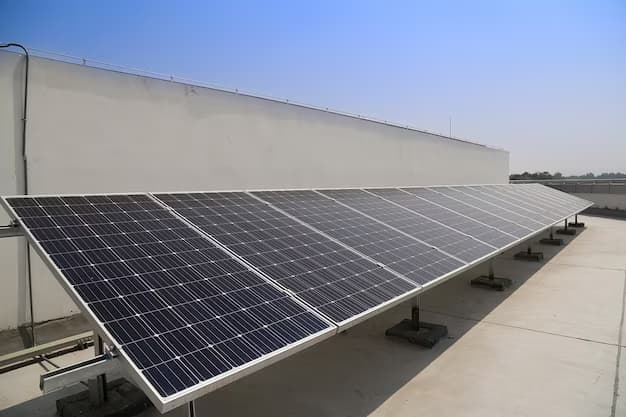
Video Guide
To finally answer all your questions, we have prepared a special video for you. Enjoy watching it!
Comparison Table
| Aspect | Pros | Cons |
|---|---|---|
| Orientation | Maximizes sun exposure throughout the day | Challenging for north-facing installations |
| Tilt Angle | Optimizes energy generation | Requires adjustment for changing seasons |
| Roof Mounting | Utilizes existing space efficiently | May require roof modifications |
| Ground Mounting | Easier maintenance and cleaning | Takes up ground space |
| Tracking Systems | Tracks the sun for higher efficiency | Complex and costly to install |
| Aesthetics | Blends with the building’s architecture | May not suit all architectural styles |
| Shading | Avoids shading from nearby objects | Shading can significantly reduce output |
| Maintenance | Low maintenance requirements | Occasional cleaning and inspection needed |
This table provides an overview of the advantages and disadvantages of different solar panel placement methods to help you make an informed decision for your solar installation.
Conclusion
Solar panel placement plays a pivotal role in the efficiency and performance of your solar energy system. By carefully considering factors like orientation, tilt angle, shading, and mounting options, you can harness the full potential of solar power while reducing your carbon footprint and energy costs. Make an informed decision and consult with a solar installation expert to get the most out of your solar panels.

